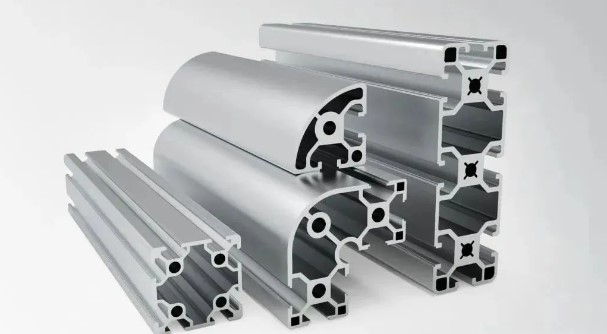Introduction
Aluminum profiles have long been a staple in building construction, renowned for their light weight, ease of processing, and high mechanical strength. Commonly used in doors, windows, and curtain walls, aluminum’s versatility is a key factor in its widespread application.
Aluminum’s Corrosion Resistance Characteristics
One of the defining features of aluminum is its corrosion resistance, which is largely influenced by its purity. Pure aluminum forms a thin, dense natural oxide film when exposed to air, offering superior protection against harmful gases and moisture compared to other metals.
The Paradox of Aluminum Profiles
While aluminum profiles boast high mechanical strength, their corrosion resistance can be a concern. To enhance strength, aluminum is often alloyed with metals like magnesium, copper, and zinc, which, while improving mechanical properties, can diminish its natural resistance to corrosion.
The Necessity of Powder Coating for Aluminum Profiles
This reduction in corrosion resistance necessitates the use of powder coating for aluminum profiles. Powder coating not only protects the aluminum from oxidation but also maintains its longevity and aesthetic appeal, making it crucial for aluminum used in construction.
Benefits of Powder-Coated Aluminum Profiles
Powder-coated aluminum profiles offer numerous benefits. They come in a variety of colors and possess a superior surface texture, allowing them to blend seamlessly with different architectural styles and complement exterior wall paints.
Conclusion
Powder coating plays a vital role in maximizing the utility and aesthetic value of aluminum profiles in building construction. By enhancing both durability and design flexibility, powder-coated aluminum continues to be an essential material in modern architecture.
